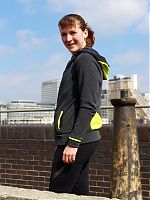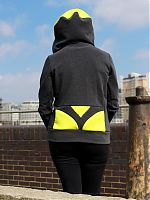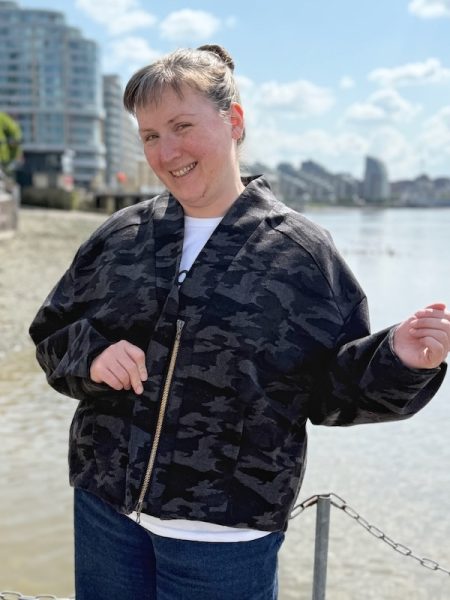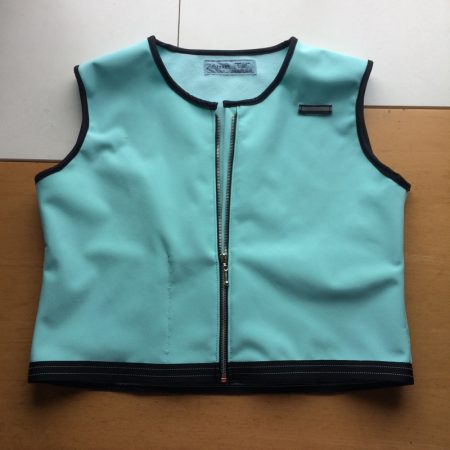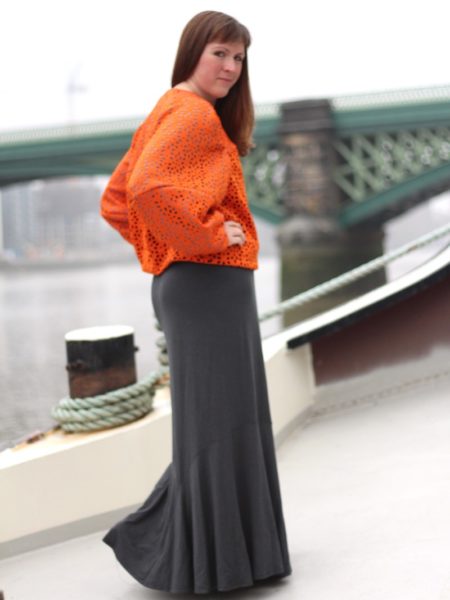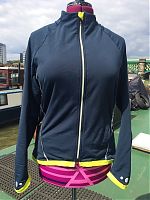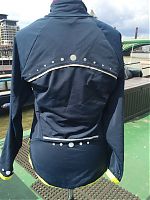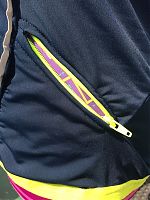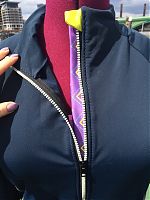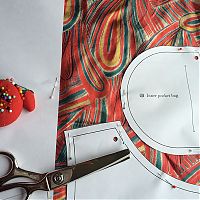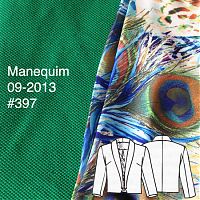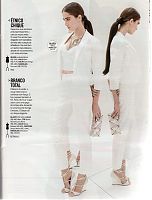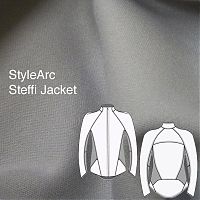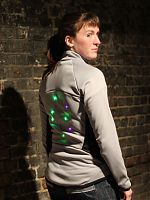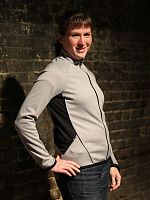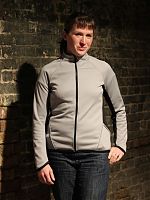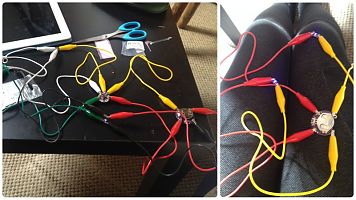For some reason, Paprika Patterns wasn’t entirely on my radar. I remember liking their skirt pattern when it was released, but I was super busy with my own patterns, and somehow I missed the release of their Jasper sweater/dress pattern entirely, until I stumbled upon it on my Twitter timeline, and thought WOW! And then immediately went and bought it.
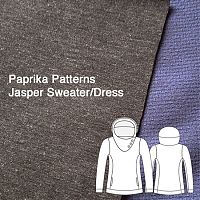
As luck would have it, shortly after I bought the pattern I was gifted some amaaaaaaazing technical fabric from my friend with activewear industry connections – it’s charcoal jersey on one side, bonded with navy wicking fleece on the reverse. It’s super high quality with nice stretch and a great weight for keeping warm post-workout. I have also seen nothing like it on sale anywhere, sorry!
So I thought it’d be the perfect fabric and pattern combo to be my post-workout cooldown coverup. I’m a bit embarrassed to admit that I’ve been wearing the same ratty old red jacket after long runs and hard workouts, which I’d bought 10 years ago from a discount chain! Not really a great look when I wear all the crazy, wonderful workout gear underneath, so it was high time I upped my post-workout wardrobe game.
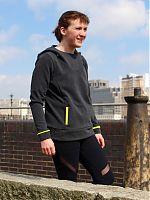
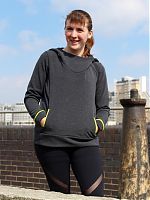
Seen here with my mesh-insertion leggings which I still love, but are too baggy for running in these days. Still great for cycling and casualwear though!
I thought an all-grey sweatshirt would be too boring for me, though, so I added a bunch of accents in lime green wicking jersey – I’d found some deep discounted gym tops in Pennsylvania in January so I bought the biggest I could find to get the most fabric possible, and paid only $5! The hems and bindings were particularly useful for inserting into seams, but for the large colourblocked areas I overlaid the green onto the thicker jersey/fleece first, since the green was considerably thinner.
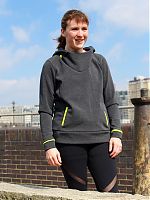
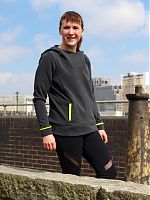
I made a size 6 (B cup) of the Sweater length and the fit is great – I did narrow the sleeves by about 1.5cm further (and adjusted the cuff to match) but that was the only fit change I made. The length of everything is perfect for me.
The lower back colourblocking wasn’t originally intended – it’s not included in the pattern and only came about because I realised I did “a stupid” and accidentally cut the Back piece along the Lengthen/Shorten Line instead of the Sweater cut line, guh! So instead of cutting a whole new piece, I decided to play with the lower back and make it look intentional instead!
